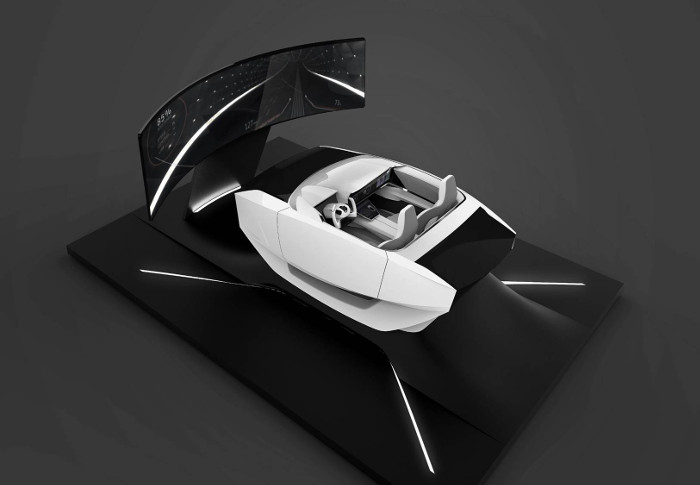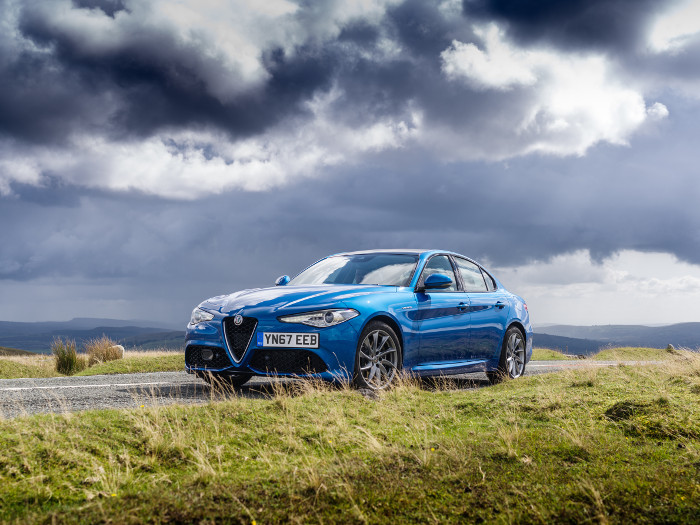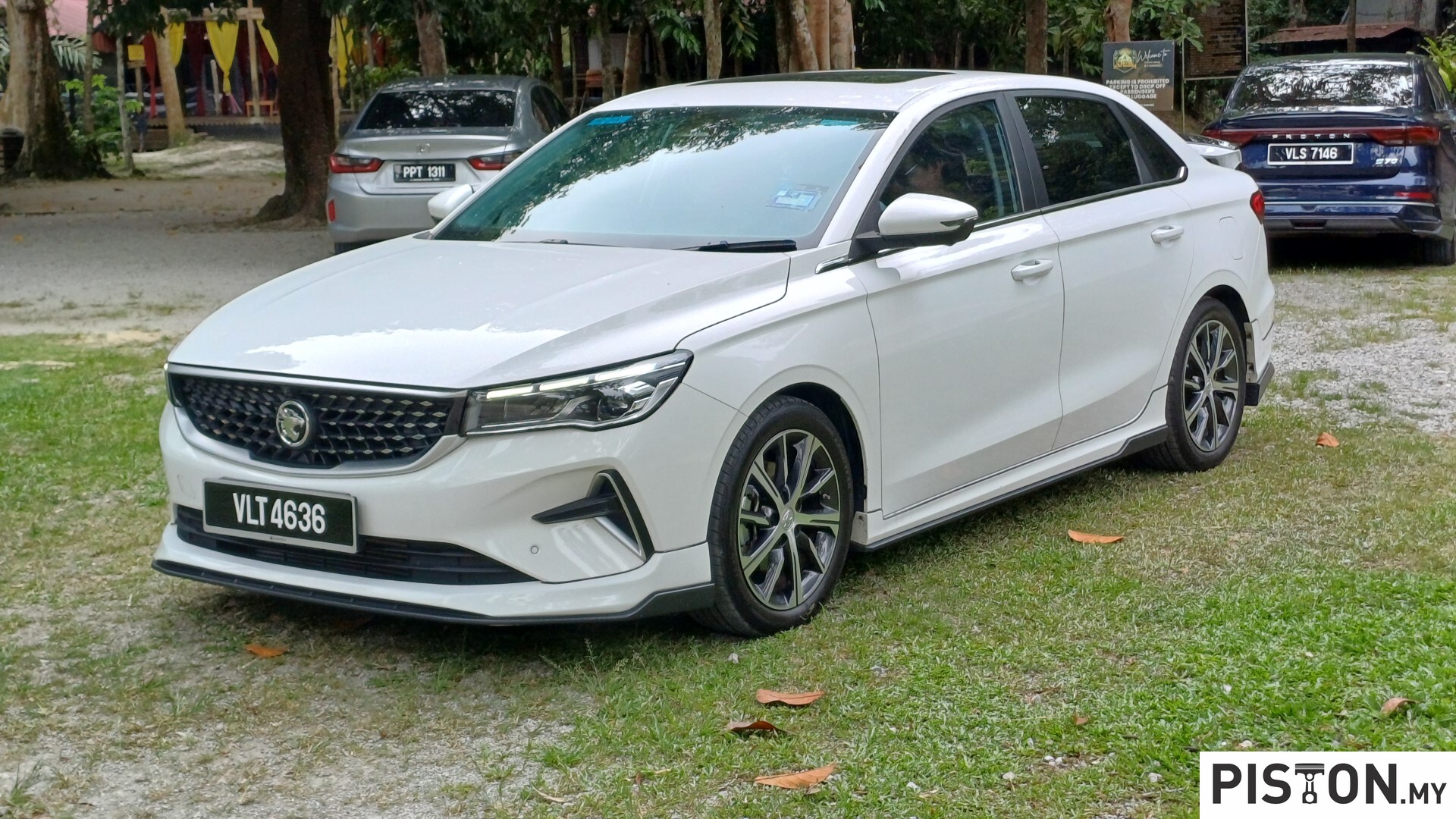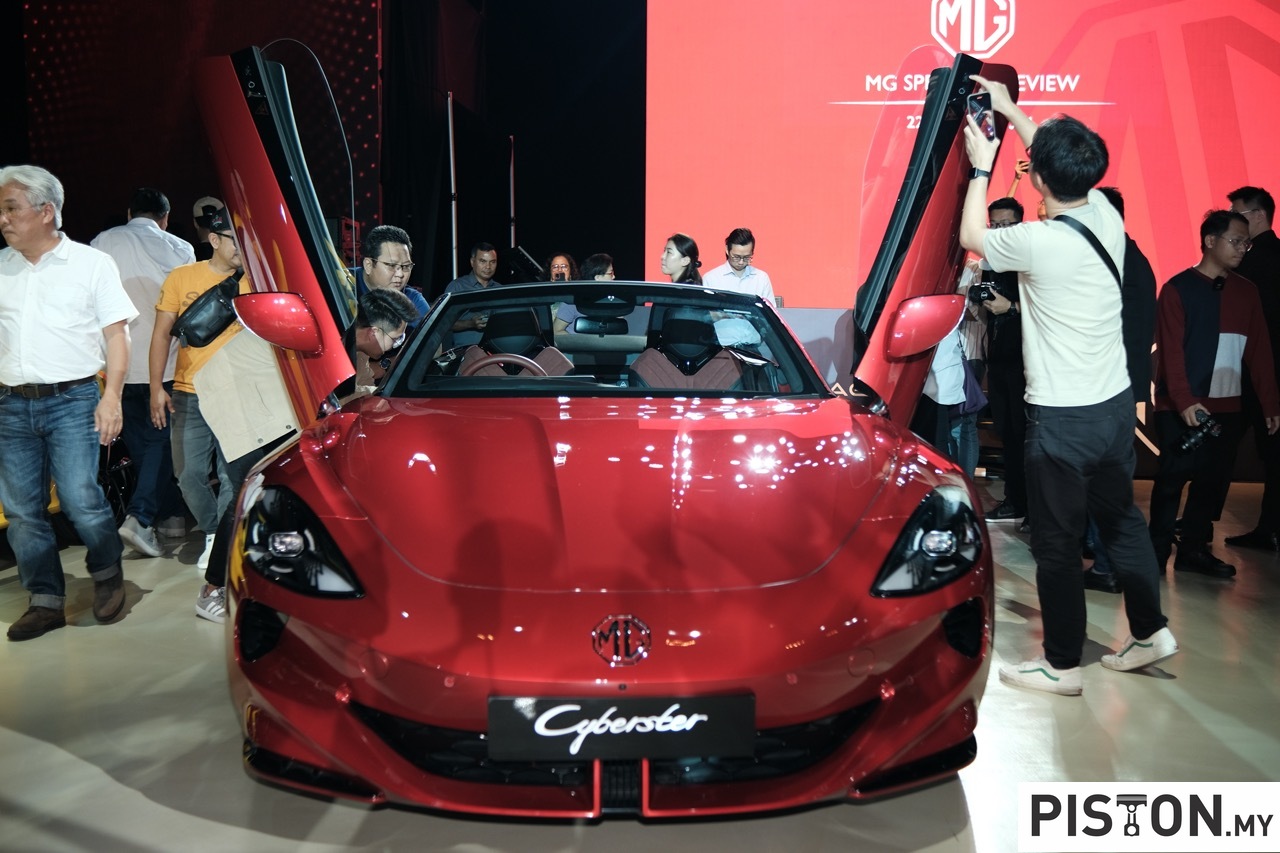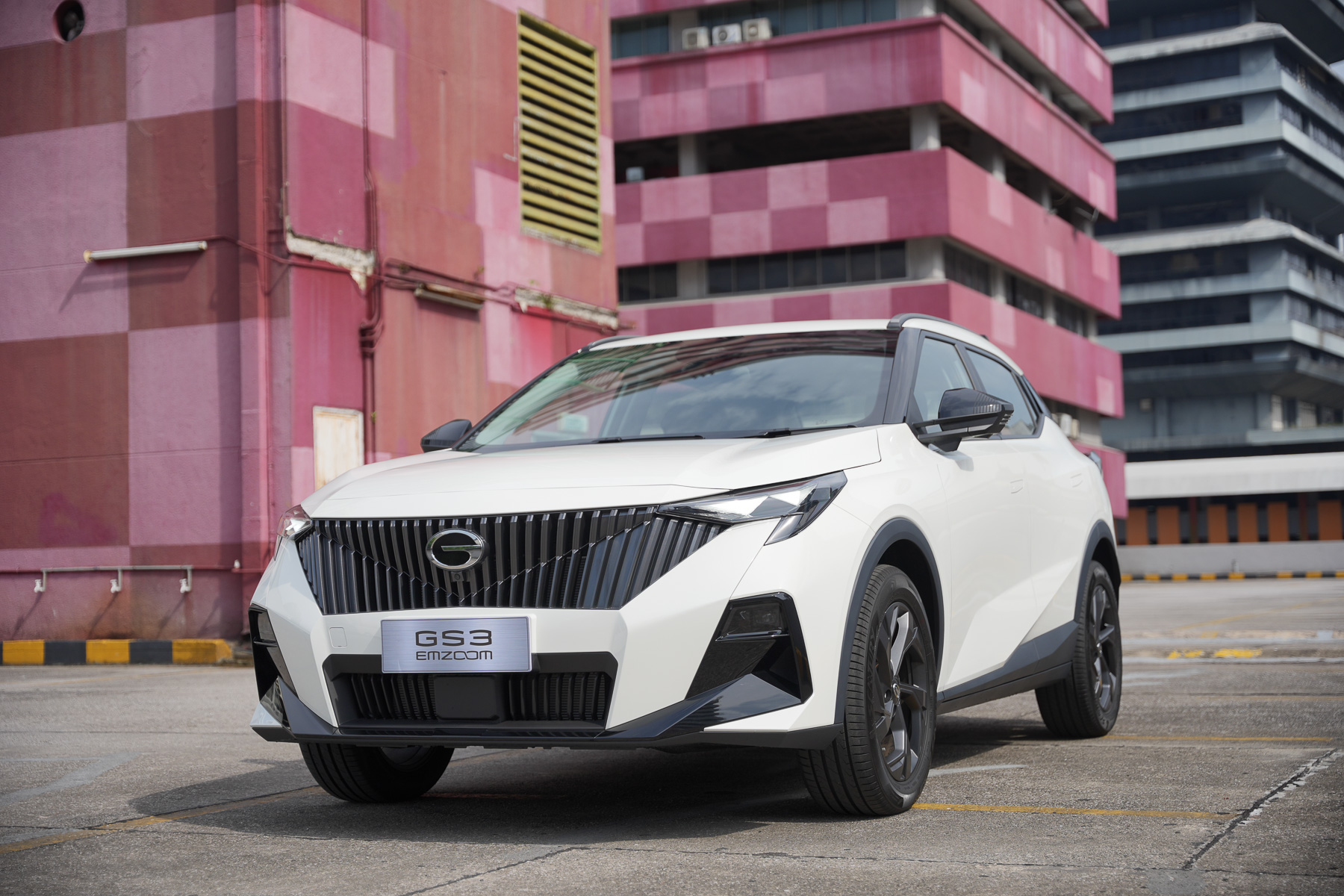Hyundai is collaborating with SoundHound In., to bring an intelligent voice command system to its fleet of vehicles by 2019. This voice recognition assistant is based on SoundHound’s Houndify artificial intelligence (AI) platform, optimized for in-vehicle applications. It processes drivers’ voice requests by communicating with the SoundHound AI server.
Similar in function to Google’s Voice Assistant or Apple’s Siri, Hyundai’s AI assistant will be able to make phone calls, send text messages, search destinations and music, activate air-conditioning, sunroofs and door locks. Drivers need only say ‘Hi, Hyundai’ then their desired request, and the AI assistant will spring to action.
Besides this, the system is also able to predict a driver’s needs and prepare the required information. For example, it will be able provide reminders for upcoming meetings and suggest departure times depending on traffic conditions. It will even be able to control your electronic devices at home through the Car-to-Home service.
“Sophisticated voice recognition and AI integration are core to effectively providing drivers with the massive content and data that future connected vehicles have to offer,” said Paul Choo, Director of Infotainment Development Group at Hyundai Motor Company.
“We spent a decade developing Houndify, the most advanced voice AI platform, to enable partners the ability to create customized experiences for their products,” said Keyvan Mohajer, Founder & CEO of SoundHound Inc.
Hyundai will unveil its new AI assistant during CES 2018 in Las Vegas, Nevada in January. It’s functions will be demonstrated through a connected car cockpit equipped with the feature. At the moment the system only supports English, but compatibility for other major languages will be introduced in the near future.




